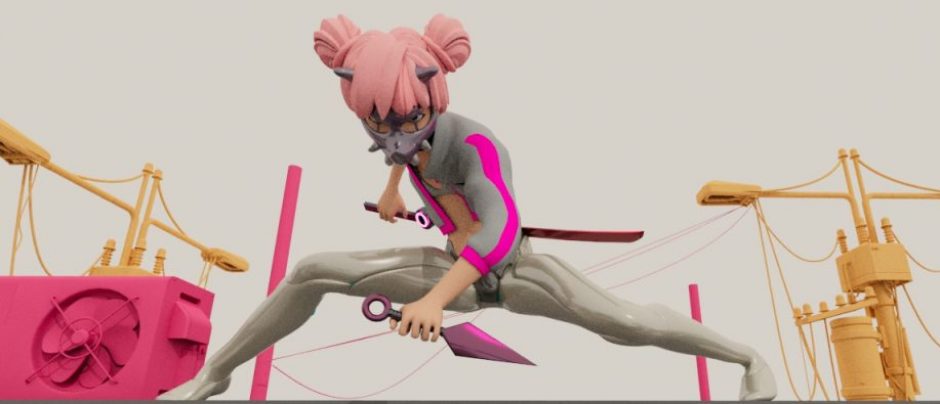12 Principles of Animation

The 12 principles of animation is the highest guiding principle compiled by Disney’s animators with decades of experience. These basic rules are used to guide production and creative discussion, and help shape better, faster, and younger animators. Although Disney’s animation has been glowing as early as the 1930’s, the original animation production principles still remain unchanged, and even these rules developed from 2D animation can almost be applied to 3D animation.
The 12 principles of animation have always been throughout my study courses, which are very important theoretical knowledge.
Part-1 Bouncing ball
After the first class, I tried to make a simple ball bouncing animation according to what I learned. And this is also the first 3D animation in my life!
From the overall point of view, it is OK, but I did not add “Squash and Stretch”in the process of the ball movement, which undoubtedly greatly reduced the presentation of the effect, and the single gray ball material also failed to clearly reflect the rolling motion of the ball. So I still need to continue to improve until perfect.

Part-2 Bouncing ball Maze
I want to make a simple device to reflect the movement of the ball, and then the following “playground” was born. Maze contains several simple obstacles as well as windmills and slides.

However, making the ball falling very naturally is not simple for a rookie! I spent a lot of time debugging the movement of the ball, but it always made me feel weird. Because of the unfamiliar operation of Maya, I read a lot of Internet tutorials to understand the specific functions of Maya’s built-in icons and the editing method of graphs. Finally, I spent a whole day making the first version. Obviously, this is the version that exposed many problems.

Through the patient guidance of Mr.Luke in the second week (thanks to Luke), I rebuilt the trajectory of the ball to make it fall more natural and accurate, and made good use of the function of ” motion trail”. This can let me see the trajectory of the ball intuitively, and let me adjust the ball directly through the key points on the track, which is very convenient and fast.

Finally, through the improvement, the second edition is completed.
Although there are still some problems, for example, the speed of the ball during the second period of falling is obviously slow, and the connection between the ball and the fan is not so accurate. However, compared with the previous version, this version has made a lot of progress. I will continue to improve and strive for perfection.

Summary
In generally , 3D animation is a new challenge for me who graduated from illustration of BA. There are a lot of knowledge that I need to spend more time after class to make up, to see more tutorials, to learn more skills. I will also take this enthusiasm, strive to do a good blog every week.
